

Expert Advice on Effectively Using Air Conditioners During the Humid Rainy Season
Effective Air Conditioning Tips for the Rainy Season
As the rainy season approaches, the rising humidity and temperature can make indoor living uncomfortable. A recent survey conducted by Mitsubishi Electric revealed that more than 20% of individuals do not adequately utilize their air conditioning systems during this time. To promote a more enjoyable indoor climate, it's vital to understand how to optimize the features of your air conditioner effectively.
Survey Insights: Underutilization of Air Conditioning
According to the survey of 600 people across Japan, roughly 37.8% of respondents use their air conditioning only 1 to 2 days a week during the rainy season. Common reasons for this limited usage included feeling no necessity to use it, a desire to save on electricity, and concerns about becoming overly cold indoors. Importantly, while 43.2% of users adjust settings based on room temperature, only 23.5% take humidity into account. This indicates a substantial gap in understanding how to leverage air conditioner functions to combat the discomfort of high humidity levels.
Air Conditioning Functions: Temperature and Humidity Control
To create a comfortable indoor atmosphere during the rainy season, using the different functions of your air conditioner becomes crucial. These include:
- - Cooling Function: Primarily lowers the air temperature.
- - Dehumidifying Function: Focuses on reducing humidity without necessarily lowering temperature.
- - Fan Function: Circulates air to provide a breeze without the cold that cooling may introduce.
Understanding these distinctions allows for a tailored approach to indoor comfort.
Recommended Air Conditioning Usage Strategies
1. For Humidity Above 60% and Avoiding Excessive Cooling: Utilize the dehumidifying function to manage moisture without dropping the temperature excessively. Keeping indoor humidity between 40% to 60% is optimal for comfort. By employing this function, one can alleviate discomfort from mugginess while maintaining a comfortable temperature.
2. When the Indoor Temperature Exceeds 28°C: Switching to the cooling function is necessary. This function cools the air effectively, especially when set to automatic operation to quickly drop temperatures when needed. Positioning the air conditioning vents horizontally enhances air distribution, ensuring consistent cooling throughout the space.
3. If Experiencing Discomfort from Sweating: Activating the fan or swing function provides a refreshing airflow that aids in evaporating sweat. Combining air conditioning with fans or circulators ensures cool air spreads evenly and enhances overall comfort.
Avoiding Overcooling During the Rainy Season
Many people tend to shy away from using air conditioning during the rainy season due to concerns about becoming uncomfortably cold. Here are two tips for avoiding excessive cooling:
1. Adjust the Airflow Direction: Setting vents horizontally helps prevent the buildup of temperature differences in the room, where cold air accumulates near the floor and warm air lingers towards the ceiling. This equal distribution minimizes the risk of the air conditioning overcooling the space.
2. Utilize the Reheating Dehumidifying Function: This option lowers humidity without reducing the temperature too drastically, making it ideal for maintaining comfort levels while combating dampness.
Conclusion
As we gear up for the rainy season, understanding how to effectively utilize your air conditioning system is essential. By employing various functions appropriately, it is possible not only to manage temperature but also humidity effectively, creating a much more pleasant living environment during this challenging season. For those seeking more tips on using Mitsubishi Electric air conditioning systems, including cleaning services, further information is available online.
For more efficient air conditioning tips, visit: Mitsubishi Electric Hotlines.

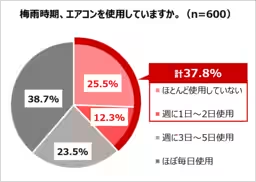
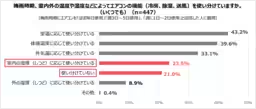


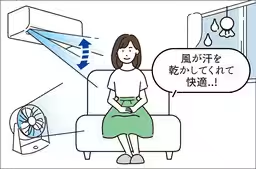
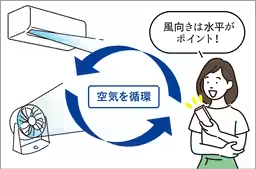



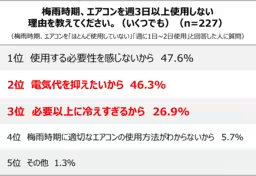
Topics Consumer Products & Retail)










【About Using Articles】
You can freely use the title and article content by linking to the page where the article is posted.
※ Images cannot be used.
【About Links】
Links are free to use.